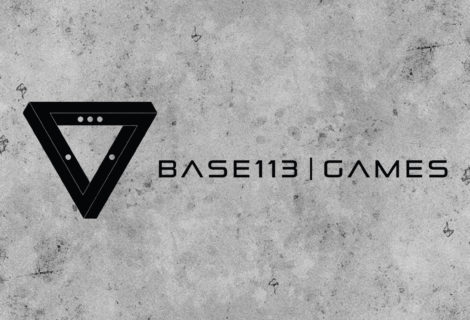Adapting Fate to the Strategic Game – Part Two
I’m working on developing a scenario for the strategy game to accompany Proteus to help flesh out the basic mechanics. In many ways, this is similar to game creation in vanilla Fate Core – establish the main issues, identify the players, and identify the opposition. Of course, there are some major differences too. First, the strategy game will need more structure than the typical Fate roleplaying experience. Fate gameplay is broken up into sessions and scenes, both of which are abstract and highly variable in terms of game time. The flow of the strategy game will be more regimented – not unlike a Conflict in Fate.
More importantly, there will be no GM in the strategy game. I want players to be on a more equal footing. In some scenarios, players may be competing directly with one another, cooperating against a shared threat or enemy, or a combination of the two. This means the responsibilities normally handled by a GM in Fate have to either be shared by the players, handled by the system itself, or some combination of the two.
Conceptualizing the Gameplay
I originally thought of the strategy game as being just as freeform as the roleplaying game. While Fate players might be comfortable with that level of freedom (though a lot more about this might make those players uncomfortable for other reasons), a more common tabletop strategy gamer might have a tough time with this. Instead, I can develop campaigns and scenarios and simultaneously establish guidelines for developing those scenarios. These guidelines can be used by players to develop their own scenarios – providing players with the freedom I was originally going for and hopefully helping to build a community at the same time.
Right now, I’m visualizing the strategy game using cards, a map, some tokens, dice, and maybe some sort of markers or miniatures to represent the position of key characters or units. A typical Fate game uses note cards to represent aspects and anything that possesses its own aspects, skills, etc. Many of the cards used in the strategy game would be used in an identical fashion, but other may be used to represent available actions, compels, costs, etc.
This scenario involves humanity’s survivors reaching an abandoned city and needing to get a basic viable colony established. Each scenario should have stakes – the effects on other levels of play that can be expected to result from how the scenario plays out. The stakes will normally be known from the beginning of the scenario, but some scenarios might keep the stakes vague or hidden at first. Actions taken during play could also alter the stakes.
In this case, the stakes are fairly straightforward: If the players are successful, the colony is established and achieves a minimum level of viability – enough to move on to slightly less desperate circumstances. If the players fail, the survivors will find themselves in a worse situation, and humanity will be one step closer to extinction. Lesser stakes will also be present in the form of which groups and organizations will begin to form within the colony.
The immediate issues are food & water, finding safe shelter within the city, and establishing basic services & infrastructure. These serve as the objectives for the scenario in the form of aspects:
- We Have to Find a Way to Feed a Quarter Million People
- We Must Take Shelter in the City, But Is It Safe?
- Food and Shelter Isn’t Enough, We Have No Infrastructure
I might add a couple of other issues as well – even getting this many people to the city safely could be challenging – or I could split these up, but this seems like a good start. In this scenario, the environment itself (and time) are the main sources of opposition. Running out of food, native wildlife, and whatever might be found inside the city are all possible threats. The players are working together to ensure the colony’s survival, so this is a cooperative scenario. There is also a competitive component as the character, groups, and factions controlled by the players begin struggling to gain influence and power in the new colony.
Even before they set foot on the planet, there are already some lines of division among the colonists. There are those that actually planned on settling the new colony, and then there is the military crew that was only supposed to get them there. There was an attempted mutiny on board before the colony ship left Earth’s solar system, so you have those that staged the mutiny and ultimately failed. At the same time, you have the expedition leaders that managed to maintain control after the mutiny. And naturally, there will be people who blame either side (or both) for the colonists current predicament. Just mixing at matching those ideas can produce a few factions and a variety of fledgling groups.





Recent Comments